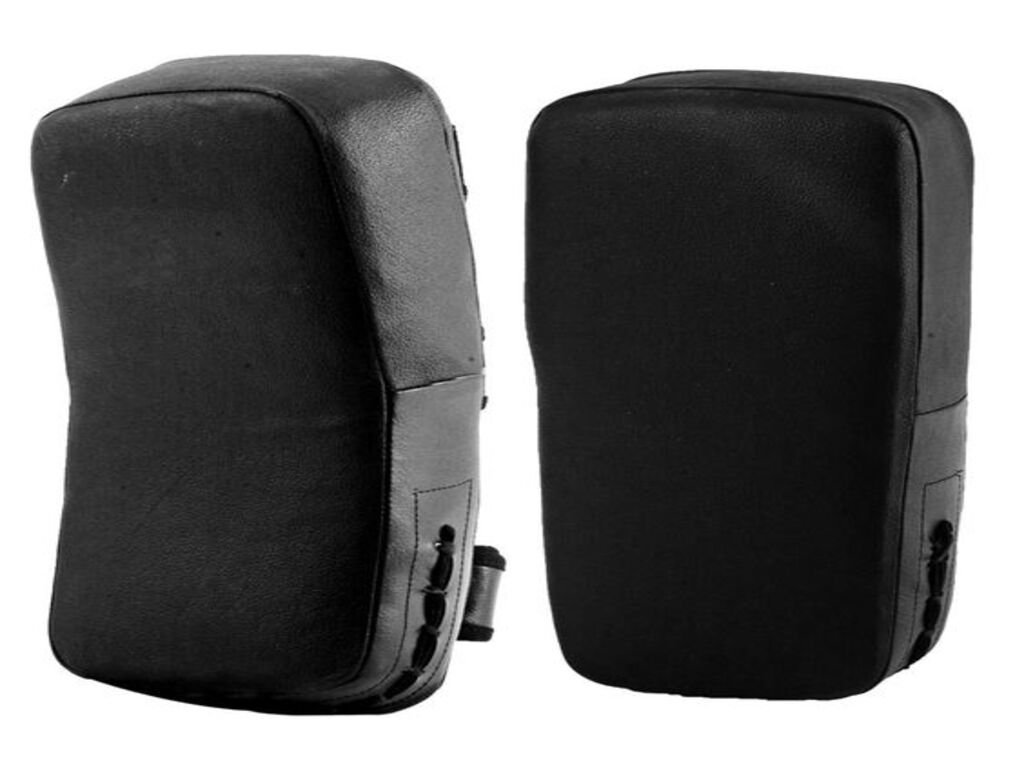Introduction
Muay Thai, also known as the “Art of Eight Limbs,” is a combat sport that requires intense training and discipline. One of the essential tools for Muay Thai practitioners is the Thai pad. These pads are crucial for both trainers and fighters, providing a safe and effective way to practice strikes, kicks, and combinations. In this article, we will delve into the importance of durable Thai pads for Muay Thai training and how they contribute to an athlete’s development.
The Significance of Quality Thai Pads
Ensuring Safety and Protection
Quality Thai pads are designed to absorb impact, protecting the trainer’s arms and the fighter’s limbs during training sessions. They provide a cushioned surface that minimizes the risk of injuries, making them an indispensable tool for any serious Muay Thai enthusiast.
Longevity and Cost-Effectiveness
Investing in durable Thai pads pays off in the long run. High-quality pads are constructed with premium materials that withstand rigorous training sessions over time. While they may come with a higher upfront cost, their longevity ultimately saves money in replacement expenses.
Choosing the Right Material
Leather vs. Synthetic Materials
When it comes to Thai pads, the choice of material is crucial. Leather pads are known for their durability and natural feel, offering a premium training experience Durable Thai Pads for Muay Thai Training. On the other hand, synthetic materials provide a more affordable option without compromising quality. Understanding the pros and cons of each can help you make an informed decision.
Design Features for Enhanced Training
Ergonomic Design for Comfort
Durable Thai pads are designed with the trainer’s comfort in mind. They feature ergonomic shapes that allow for a secure grip and minimize strain on the wrists and forearms. This ensures that trainers can focus on providing effective feedback without discomfort.
Multiple Layers of Padding
Quality pads often come with multiple layers of padding, providing enhanced shock absorption. This feature is particularly crucial for intense training sessions where powerful strikes are delivered. It adds an extra level of protection for both the trainer and the fighter.
Maintenance and Care Tips
Regular Cleaning and Inspection
To prolong the lifespan of your Thai pads, it’s essential to establish a regular cleaning and inspection routine. Wiping down the pads after each use and checking for any signs of wear and tear will help identify any potential issues early on.
Proper Storage
Storing Thai pads in a cool, dry place away from direct sunlight and moisture is essential for maintaining their integrity. Avoiding extreme temperatures and humidity will prevent any degradation of the material.
Conclusion
Investing in durable Thai pads is a crucial step in ensuring a safe and effective Muay Thai training experience. The right pads provide the necessary protection, longevity, and comfort for both trainers and fighters. By understanding the significance of quality materials and design features, you can make an informed decision that benefits your training regimen in the long term.
FAQs
- How often should I clean my Thai pads?
Regular cleaning after each use is recommended to maintain the integrity of the pads. This helps prevent the buildup of sweat, dirt, and bacteria. - Can synthetic Thai pads match the durability of leather ones?
Yes, high-quality synthetic Thai pads are designed to be durable and can offer a cost-effective alternative to leather pads. - Are there specific storage requirements for Thai pads?
It’s best to store Thai pads in a cool, dry place away from direct sunlight and moisture. Avoiding extreme temperatures and humidity will help prolong their lifespan. - What is the advantage of multiple layers of padding in Thai pads?
Multiple layers of padding enhance shock absorption, providing an extra level of protection during intense training sessions. - How do I know when it’s time to replace my Thai pads?
Keep an eye out for signs of significant wear and tear, such as cracks, tears, or loss of padding. When these become noticeable, it’s time to consider replacing your Thai pads.

